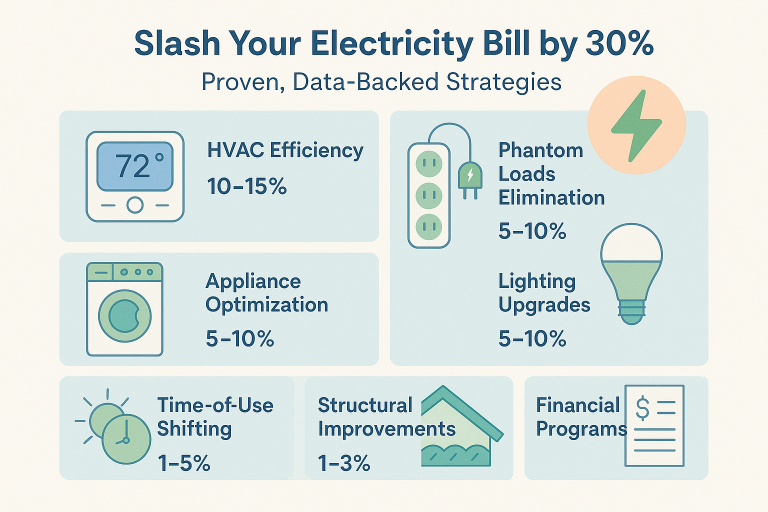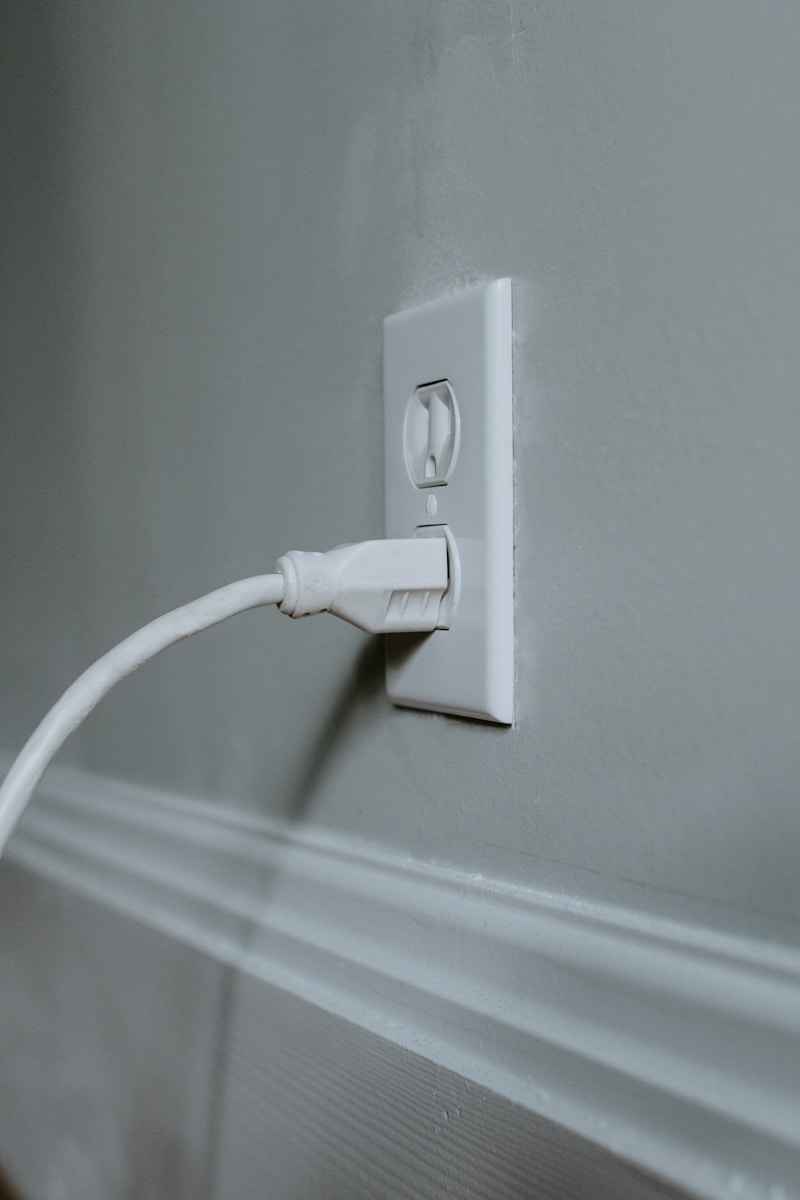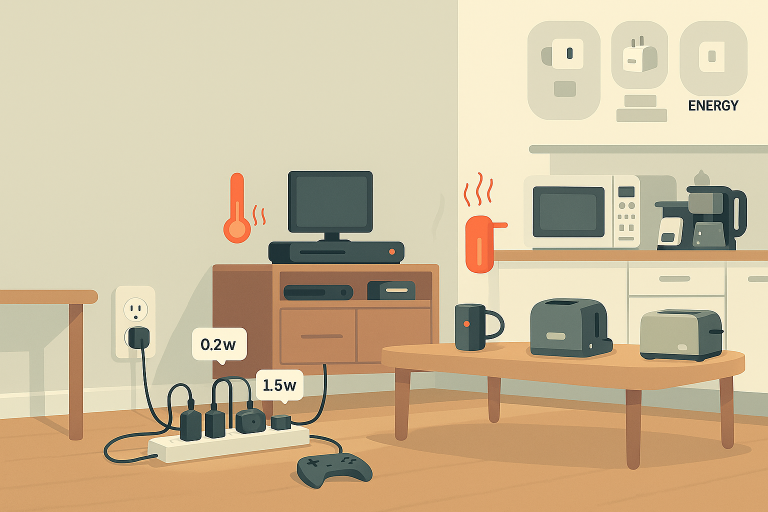What is the difference between electrical energy and power?
Understanding the difference between electrical energy and power can be useful in a variety of situations, from deciding which appliances to purchase to understanding your monthly electricity bill. In this article, we will define electrical energy and power, explain the units used to measure them, and provide some examples to help illustrate the concepts.
First, let’s define the two terms:
- Electrical energy is the energy that is transmitted or used over time. It is the capacity to do work or produce an effect, and it can be measured in joules.
- Electrical power is the rate at which this energy is transmitted or used. It is the rate at which work is done or energy is transformed, and it is measured in watts.
To understand the difference between these two concepts, let’s consider a common household appliance: a light bulb. When you turn on a light bulb, it uses a certain amount of electrical energy over time, say 100 joules in 1 hour. The electrical power of the light bulb is the rate at which it uses this energy, which is 100 joules/hour or 100 watts.
So, in this example, the electrical energy of the light bulb is 100 joules, while its electrical power is 100 watts. It’s important to note that these two quantities are not the same, and it’s possible for a device to have high electrical energy but low electrical power, or vice versa.
Now that we’ve defined electrical energy and power and provided a simple example, let’s delve a little deeper into the units used to measure these quantities.
The unit of electrical energy is the joule (J), which is named after the English scientist James Joule. It is a unit of energy that is defined as the work done when a force of one newton is applied over a distance of one meter. For example, if you lift a box that weighs 1 kilogram a distance of 1 meter, you have done work equal to 9.8 joules (assuming g = 9.8 m/s^2).
The unit of electrical power is the watt (W), which is named after the Scottish inventor James Watt. It is a unit of power that is defined as 1 joule per second. For example, if a device uses 1 joule of energy in 1 second, its power is 1 watt.
Now that we’ve covered the definitions and units of electrical energy and power, let’s look at some examples to further illustrate these concepts.
Example 1: Charging a smartphone
Imagine you are charging your smartphone and you see that the charging cable is rated at 5 watts. What does this mean?
The wattage of the charging cable tells you the rate at which electrical energy is transmitted from the power outlet to your smartphone. In this case, the charging cable is transmitting electrical energy at a rate of 5 watts.
If you leave your smartphone plugged in for 1 hour, it will have used 5 joules/second * 3600 seconds = 18,000 joules of electrical energy. This means that the electrical energy used by your smartphone during this time was 18,000 joules.
Example 2: Running a marathon
Now let’s consider a different example: a person running a marathon. During the marathon, the runner expends a certain amount of energy, say 20,000 joules. The electrical power of the runner can be calculated by dividing the energy expended by the time taken to run the marathon.
If the marathon takes 4 hours to complete, the electrical power of the runner can be calculated as follows:
Electrical power = Electrical energy / Time = 20,000 joules / 4 hours = 5000 watts
This means that the runner’s body was able to sustain a power output of 5000 watts for the duration of the marathon. This may seem like a high number, but it’s important to remember that this is the average power output over the entire marathon and it includes not only the energy used for running, but also the energy used for other bodily functions such as digestion, circulation, and respiration.
Example 3: Comparing appliances
Now let’s consider a scenario where you are trying to decide which appliances to purchase for your home. You are looking at two options: a refrigerator and a microwave oven. The refrigerator has an energy rating of 300 joules/hour, while the microwave oven has an energy rating of 1200 joules/hour.
At first glance, it might seem like the microwave oven is the better choice because it has a higher energy rating. However, if you compare the electrical power of these appliances, you will see that they are quite different.
To calculate the electrical power of an appliance, you need to divide its energy rating by the time period over which the energy is used. For example, the electrical power of the refrigerator can be calculated as follows:
Electrical power = Electrical energy / Time = 300 joules/hour / 1 hour = 300 watts
The electrical power of the microwave oven can be calculated in the same way:
Electrical power = Electrical energy / Time = 1200 joules/hour / 1 hour = 1200 watts
As you can see, the microwave oven has much higher electrical power than the refrigerator, which means that it is able to transmit energy at a much faster rate. This can be useful for tasks such as heating food quickly, but it also means that the microwave oven will use more electricity over time, which may increase your monthly electricity bill.
Conclusion
Electrical energy and power are important concepts to understand when considering the use and efficiency of electrical devices. Electrical energy is the energy transmitted or used over time, while electrical power is the rate at which this energy is transmitted or used. By understanding these concepts and how to calculate them, you can make informed decisions about which appliances to purchase and how to use them efficiently.






